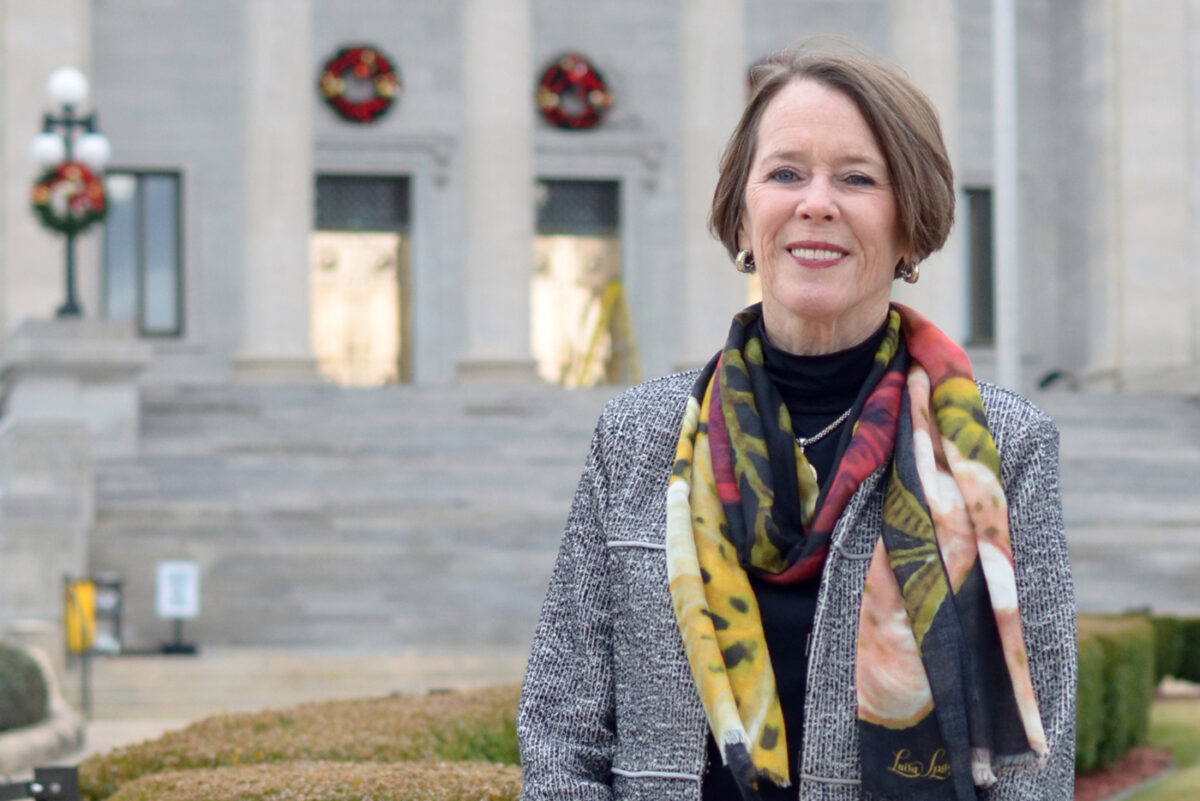
Author
Jennifer Wessel, JD, MPH
Senior Policy Analyst and Data Privacy Officer
501-526-2244
JBWessel@achi.net
Telehealth is an important and viable care option that has been widely used to access health services during the COVID-19 pandemic. On Monday, Aug. 3, the federal government took a step toward continued telehealth access post-pandemic when President Donald Trump signed an executive order to build on policies that the Centers for Medicare and Medicaid Services (CMS) implemented during the public health emergency.
The Executive Order on Improving Rural Health and Telehealth Access calls for:
- Launching an innovative payment model to test mechanisms in order to ensure that rural healthcare providers are able to provide the necessary level and quality of care.
- Investing in the physical and communications infrastructure in rural areas.
- Providing a report regarding existing and upcoming policy initiatives to increase rural access to health care.
- Proposing a regulation to extend flexibilities related to telehealth beyond the duration of the public health emergency.
Many health systems have already invested in telehealth services to overcome issues with access to care, particular in rural states. The challenges associated with the pandemic provide an opportunity to leverage this infrastructure and further demonstrate its value. Earlier this year, four healthcare providers in Arkansas received funding from the Federal Communications Commission to support their telehealth efforts in the pandemic.
During the COVID-19 public health emergency, CMS has taken temporary measures to expand telehealth services for people enrolled in Medicare, Medicaid, and the Children’s Health Insurance Program, a major step to overcoming policy barriers to telehealth services. The U.S. Department of Health and Human Services issued a report last month highlighting trends in Medicare beneficiary use of telehealth services. The report found that nearly half (43.5%) of Medicare primary care visits were provided through telehealth in April, compared to less than 1 percent in February, before the public health emergency. Recent surveys of practitioners also suggest continued interest in telehealth after the pandemic ends.
The significant role telehealth has played during the course of the public health emergency and the reaction from providers, patients, and policymakers make it difficult to roll back the administrative flexibility created for telehealth, particularly for providers in rural areas who have adopted it as a core component of offering access. The president’s executive order emphasizes the struggle of rural hospitals, noting that 129 rural hospitals in the United States have closed since 2010 due to financial distress and lack of sufficient patient populations. As a reference, we have previously provided a map of rural hospital closings in Southern states.
The executive order is a step toward making telehealth services a permanent feature in healthcare delivery. There is movement in Congress to tackle more sweeping policies, and states are taking action as well. Use of telehealth during the pandemic has demonstrated the value of these services and the solution they offer for health care.






